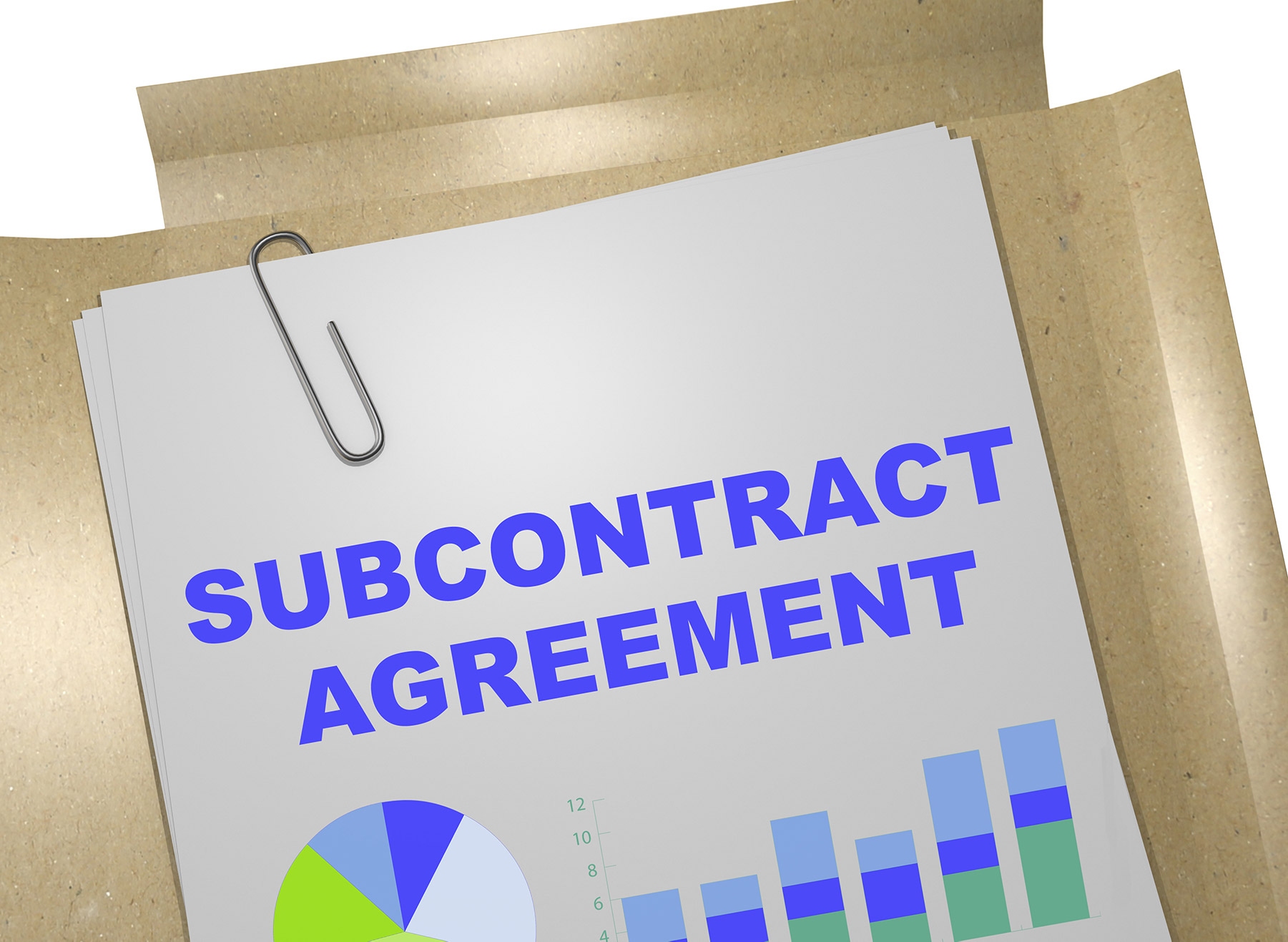

First off, what are subcontract documents? Subcontract documents are all of the materials that explain the relationship and requirements between you (the subcontractor) and the general contractor. In this blog, we will discuss the ins and outs of a fair subcontract along with the tools you need to protect yourself.
The only rule about subcontracts is THERE ARE NO RULES. There are no set of laws or regulations in place to make sure that you are protected and that the subcontract is fair. In fact, most of the subcontracts we’ve read are not fair and are very one-sided, as they do not favor the subcontractor.
Important Note: Whatever you signed in the subcontract can and will be used against you. When a judge sees that the subcontract was signed by two businesses and not just an individual, it will be enforced against you no matter how unfair it seems.
Another important thing you should know is that you can be held responsible for additional documents outside of the subcontract itself. Generally, other materials included with a subcontract are:
What do you notice that is not on the list? YOUR BID.
That’s right, just because you said you would do X work for Y money in your bid, does not mean that is what is in the subcontracting documents. Often the plans and specifications change between when you bid the job, and the time you are awarded the job. When this happens, it is typical for the requirements in the subcontract to be different from what was in your bid. Long story short, once you have signed a contract or subcontract, the scope of work in the contract supersedes all previous documents, including your bid!
The first thing you should do when you get a subcontract in your inbox is to review ALL of the documents. You need to ensure that the work you agree to do is the same work that was in your bid BEFORE you sign anything. If the work is different than what was in your bid, NOW is the time to negotiate a new price for the updated work. Once you sign the subcontract documents, your bid cannot be used to describe the work you were hired to do. Only the materials contained in the subcontract documents can be used.
The prime contract is the contract between the owner and the general contractor (GC). And to be honest, we think making the prime contract part of the subcontract is unnecessary. What job does the GC have if you have to be responsible for its obligations with the owner? They have none of the risk but get all of the reward.
Further, you will be held responsible for all of the terms of the prime contract but will not get any of the benefits. That means you can’t sue the owner directly for breach of contract, nor can you have a constitution Lien by saying that you have a direct contract with the owner.
If you have a subcontract that you need help reviewing or you are being asked to sign a prime contract as a subcontractor, we are here to help! Here at The Cromeens Law Firm, we review construction contracts daily and can help you fully understand your rights in regard to the contract and create a strategy to help you maintain the best possible outcome.
Karalynn Cromeens is the Owner and Managing Partner of The Cromeens Law Firm, PLLC, with over 17 years of experience in construction, real estate, and business law. A published author and passionate advocate for contractors, she has dedicated her career to protecting the businesses her clients have built. Karalynn is on a mission to educate subcontractors on their legal rights, which inspired her books Quit Getting Screwed and Quit Getting Stiffed, as well as her podcast and The Subcontractor Institute.

